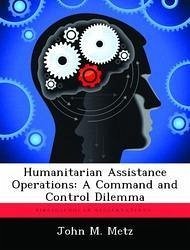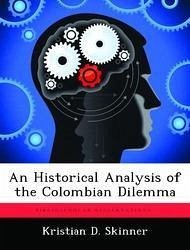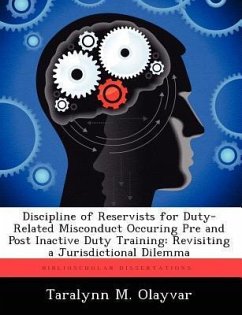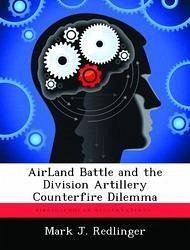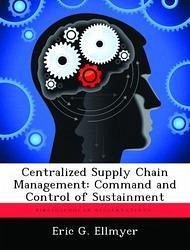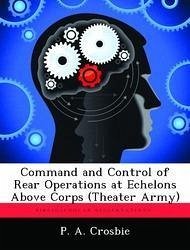
Dilemma over Medical Command and Control
Versandkostenfrei!
Versandfertig in über 4 Wochen
52,99 €
inkl. MwSt.

PAYBACK Punkte
26 °P sammeln!
If asked what the command surgeon does, most Army officers would respond, "Advises the commander on the health of the command." When asked what a medical unit commander does, the response will be, "Directs the execution of healthcare." These answers typify the line and staff organizational model, where the "line" is directly involved in the execution of a task and the "staff" advises and assists the line. However, the command surgeon presents a dilemma to this model in that the command surgeon actually performs line and staff functions. An attempt to solve this dilemma is playing out in Army T...
If asked what the command surgeon does, most Army officers would respond, "Advises the commander on the health of the command." When asked what a medical unit commander does, the response will be, "Directs the execution of healthcare." These answers typify the line and staff organizational model, where the "line" is directly involved in the execution of a task and the "staff" advises and assists the line. However, the command surgeon presents a dilemma to this model in that the command surgeon actually performs line and staff functions. An attempt to solve this dilemma is playing out in Army Transformation as the Army and the Army Medical Department (AMEDD) leadership struggle with how to flatten medical command and control structures. The AMEDD maintains that it needs four regionally focused medical commands, in the form of a Medical Command (Deployment Support) [MEDCOM(DS)], at the Army Service Component Command (ASCC) level. At this same level, each regionally focused ASCC commander has a command surgeon with a staff section that appears to serve the same function as the medical command. The question that needs to be answered is, is there a difference between the ASCC Command Surgeon's Division and the MEDCOM(DS)? Applying the line and staff model to the command surgeon shows what makes this staff position "special" and grants the command surgeon an informal authority that is just short of "command" authority. A review of medical doctrine shows that the misunderstanding of the command surgeon's informal authority has led to the creation of a theater level medical headquarters that mirrors the ASCC Command Surgeon's Division. However, the "command" authority of this medical headquarters comes into conflict with the ASCC command surgeon's responsibility to provide technical supervision over medical assets and the informal authority given to him by the ASCC commander. As seen in the evolution of medical command and control during Vietnam, having two different organ





